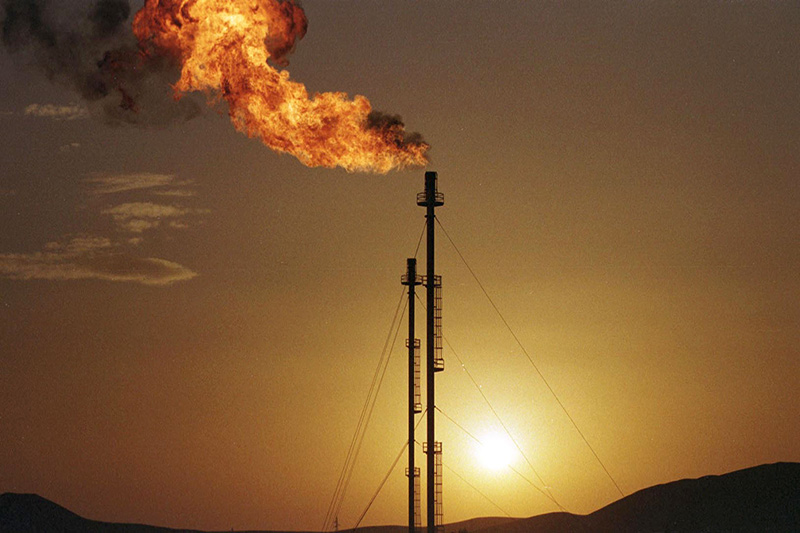April 1 (Reuters) - The number of rigs drilling for oil and
natural gas in the United States fell for the 15th straight week
to the lowest level since at least 1940, data showed on Friday,
as the energy price rout takes its toll on shale producers'
financing and their ability to drill new wells.
Drillers cut 14 oil and gas rigs in the week to April 1,
bringing the total rig count down to 450, oil services company
Baker Hughes Inc BHI.N said in its closely followed report.
That compares with 1,028 oil and gas rigs operating in the
same week a year ago. In 2015, drillers cut on average 22 oil
and gas rigs per week for a total of 1,142 for the year, the
biggest annual decline since at least 1988.
Oil rigs alone RIG-OL-USA-BHI fell 10 to 362, the lowest
level since November 2009, oil services company Baker Hughes Inc
BHI.N said in its closely followed report.
Energy firms have sharply reduced oil and gas drilling since
the selloff in crude markets began in mid-2014, forcing more
than 50 U.S. producers to file for bankruptcy protection since
the start of 2015.
But a Reuters analysis found that bankruptcies so far are
having little effect on U.S. oil production as distressed
drillers tend to keep their oil wells gushing and drillers have
figured out how to get more crude out of each well.
What bankrupt and financially stretched producers are unable
to do is drill new wells and since output from shale wells can
fall as much as 70 percent during their first year, a sustained
lull in drilling would gradually erode U.S. production.
U.S. crude production is expected to decrease about 7
percent from 9.4 million barrels per day in 2015, the highest
level since 1972, to 8.7 million bpd in 2016 and 8.2 million bpd
in 2017, according to the latest federal estimates. EIA/M
Many analysts think the combined oil and gas rig count will
rise later this year with signs prices may have bottomed since
U.S. crude futures CLc1 hit a near 13-year low of $26.05 a
barrel in February and U.S. gas futures NGc1 fell to a near
18-year low of $1.611 per million British thermal units in
March.
Since hitting those lows, U.S. oil futures have soared over
40 percent to around $37 a barrel, while U.S. gas gained almost
25 percent to almost $2 per mmBtu.
U.S. crude futures were fetching around $40 a barrel for the
balance of 2016 CLBALst and about $44 for calendar 2017
CLYstc1 .
Day-to-day well operating costs in most U.S. shale fields
remain well below $40 a barrel.
<^^^^^^^^^^^^^^^^^^^^^^^^^^^^^^^^^^^^^^^^^^^^^^^^^^^^^^^^^^^
Graphic on U.S. rig counts http://graphics.thomsonreuters.com/15/rigcount/index.html
U.S. natural gas rig count versus futures price http://link.reuters.com/nuz86t
Thomson Reuters Analytics natural gas data reuters://screen/verb=Open/URL=cpurl://pointcarbon.cp./trading/gmtna/
^^^^^^^^^^^^^^^^^^^^^^^^^^^^^^^^^^^^^^^^^^^^^^^^^^^^^^^^^^^>
